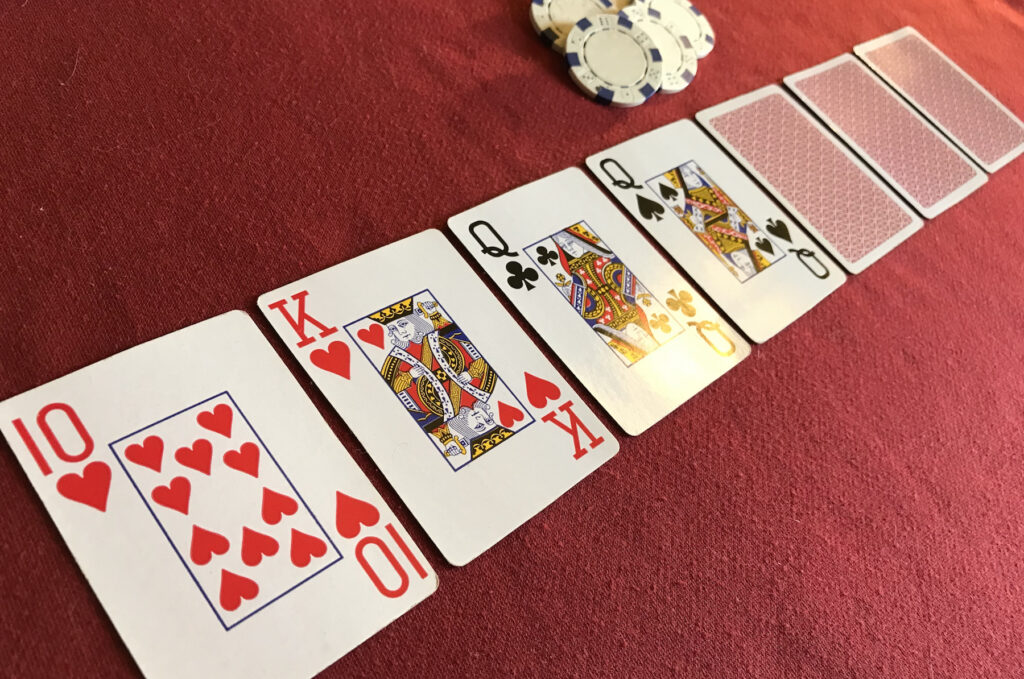Mastering the art of betting in poker stands as both the biggest allure and challenge when playing the game. One of the most critical queries poker players often wrestle with is: ‘How Much Should You Bet on a Good Hand After the Flop?’ Stay with me as we go through some key strategic concepts to help answer this common query.

Understanding Post Betting
In Texas Hold’em poker, there are four rounds of betting. After the pre-betting round, three shared ‘community’ cards known as ‘the flop’ are dealt on the table face up. This is followed by three distinctive rounds of betting: post, turn, and river. Our focus here is on post-betting.
Your bet post should be designed to accomplish one of two things:
- Charge your opponents to draw against you, if you believe you have the best hand.
- Make your opponents think you have the best hand, which leads them to fold if you believe you don’t.
Bet Sizing Guidelines: The Art Of Manipulation
Your bet size can provide you with the power to manipulate the pot odds offered to your opponents against their drawing odds. Experienced poker players typically follow these rough guidelines:
- Bet 2/3 to 3/4 of the Pot: A guideline often used is to bet between 2/3 and 3/4 of the current pot’s total value when you believe your hand is strong. This is usually sufficient to keep weaker and drawing hands in the game while simultaneously extracting value from them. However, it usually deters continuation from weaker hands, leaving you against stronger ones.
- Avoid Min-Bets and Over-Bets: Min-bets or betting the minimum amount often gives your opponents attractive pot odds, making it easy for them to “call” or “raise” your bet. On the other hand, over-betting the pot with a massive wager can scare all your opponents away, preventing you from winning any additional money.
Variables To Consider
The guidelines above should not be mistaken as a ‘one-size-fits-all’ approach. Poker remains a highly situational game; hence, you have to consider several factors when deciding your post-flop bet size:
- Strength of Your Hand: If you have a monumental hand that’s unlikely to be defeated, possibly slow-play by betting less to keep opponents in the game.
- Opponents’ Playing Style: Consider whether your opponents are aggressive or passive. More aggressive opponents may call or raise bigger bets, while passive players may fold more often.
- Table Image: How you have been perceived in previous hands can influence how your bet is interpreted.
- Stack Size: If you or your opponent has considerably fewer chips left, this can drastically affect the optimal bet size.
Conclusion
The guidelines provided should enable an informed betting strategy. Still, don’t forget that a certain degree of flexibility paired with in-depth understanding is the key to success in any poker game.

